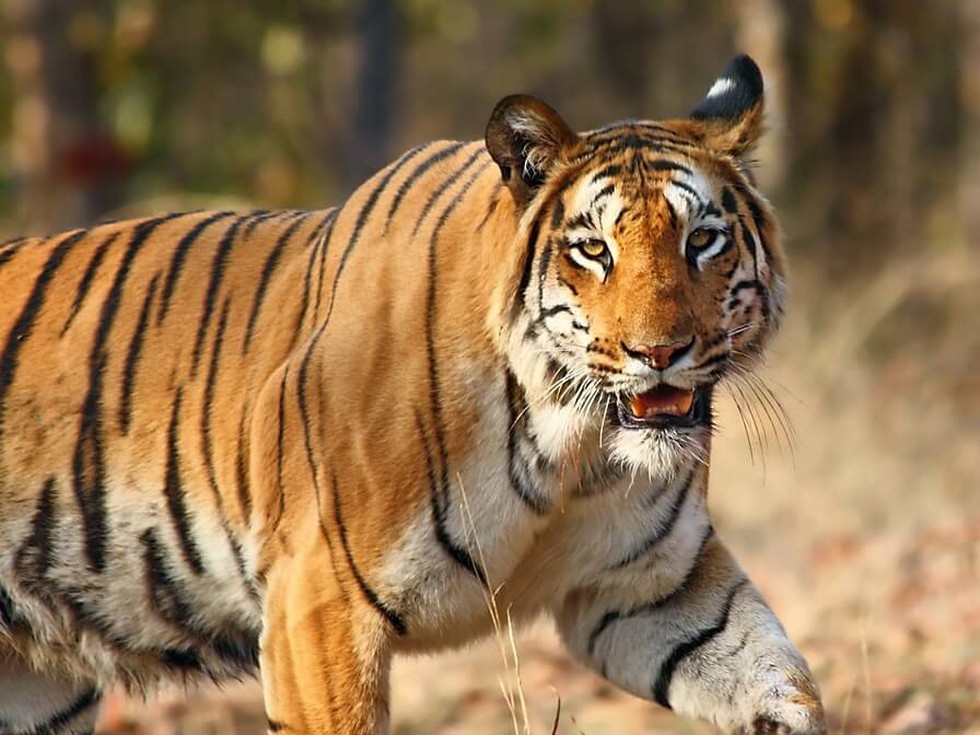About Biligiri Rangaswamy Temple Tiger Reserve (BRT):
- Location:
- It is located in Chamarajanagar district of Karnataka State.
- This unique Bio-geographical habitat is in the middle of the bridge between the Western and Eastern ghats.
- The tiger reserve derives its name from 'BILIGIRI ', the white rocky cliff which has a temple of Lord 'VISHNU', locally known as ‘Rangaswamy’.
- It was declared as a Tiger Reserve in 2011.
- Vegetation: The forests of BRT Tiger Reserve are principally of dry deciduous type and are interspersed with moist deciduous, semi-evergreen, evergreen and shola patches occurring at varying altitudes.
- Flora: The major species include: Anogeissus latifolia, Dalbergia paniculata, Grewia teliaefolia, Terminalia alata, Terminalia bellirica, Terminalia paniculata etc.
- Fauna: Animals including tiger, elephant, leopard, wild dog, bison, sambar, spotted deer, barking deer, four-horned antelope, sloth bear, wild boar, common langur, bonnet macaque, varieties of reptiles, birds, etc., are found in the Tiger Reserve.
What is National Tiger Conservation Authority (NTCA)?
- It is a statutory body under the Ministry of Environment, Forest, and Climate Change (MoEFCC).
- It was established in 2006 under Wildlife (Protection) Act 1972.
- Objectives:
- Providing statutory authority to Project Tiger so that compliance of its directives becomes legal.
- Fostering accountability of Center-State in management of Tiger Reserves by providing a basis for MoU with States within the federal structure.
- Providing for an oversight by Parliament.
- Addressing livelihood interests of local people in areas surrounding Tiger Reserves.
- NTCA Composition:
- Minister in charge of MoEFCC (as Chairperson);
- Minister of State in MoEFCC (as Vice-Chairperson);
- three members of Parliament, the Secretary (MoEFCC), and other members;
